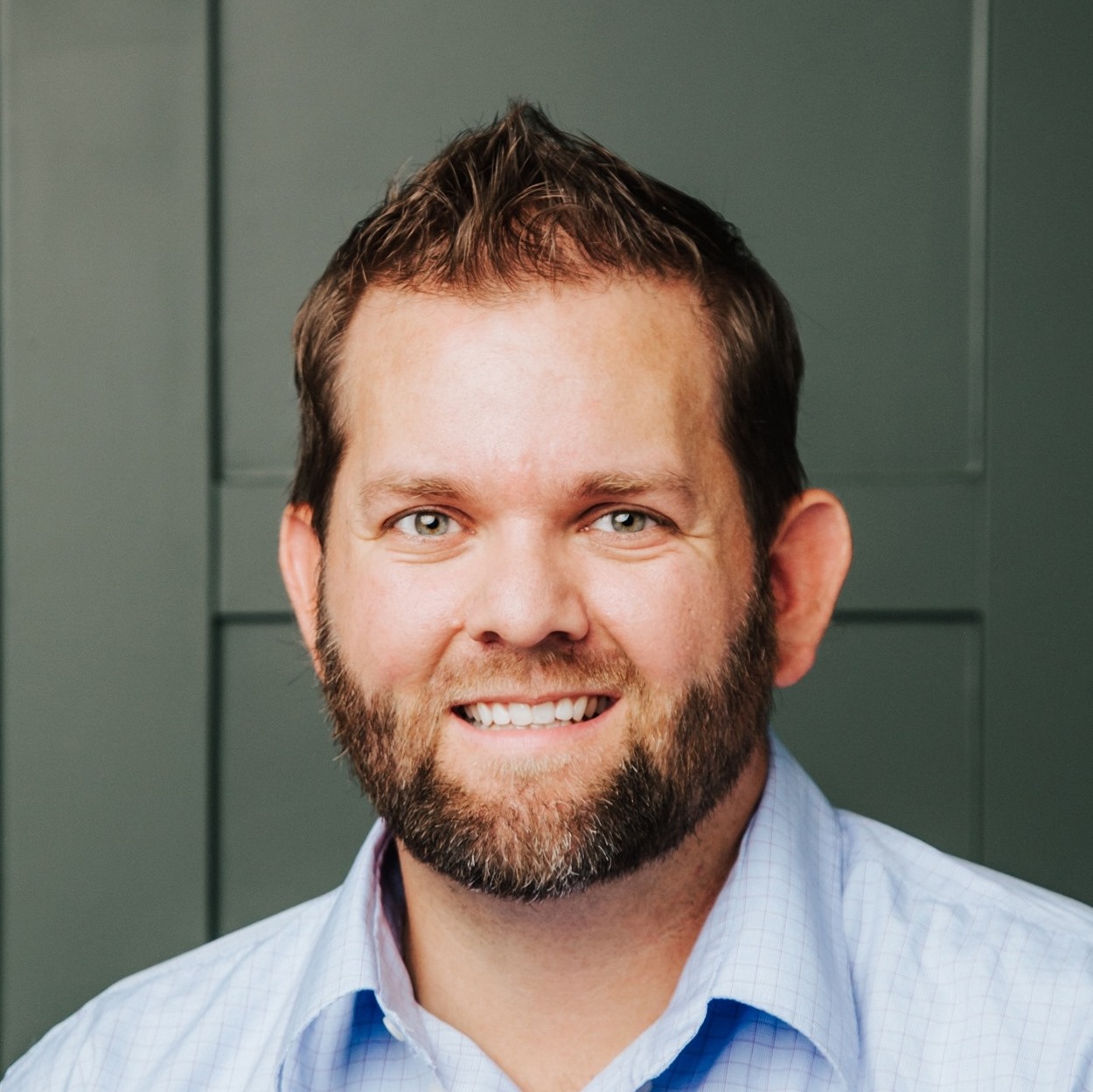User Centered Design
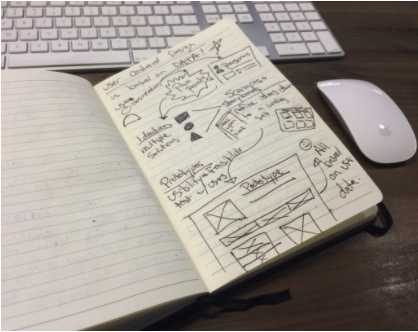
The core concept of user centered design, is that giving your customers software that meets their needs, is more likely to make them productive an happy. If they’re more productive an happy, they’ll use your product more, and recommend it to more people. That, in turn, makes your product more successful. So, the first task in the user-centered design process is to understand more about your users.
The first step in being user-centered is to get an understanding of who your users truly are and what their pain points are. Though quantitative data points, like analytics and surveys are important, I prefer to perform qualitative user research by watching some representative users actually working with the product. The best way to get my qualitative information is to take a field trip to users’ place of work to watch them working.
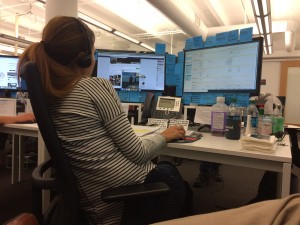
The data you get back is much richer in these situations, than if you were to ask users to come to you to do the same tasks. Because you get to see all the little coping mechanisms they use. Like passwords stuck on Post-It notes under their keyboards. Or cheat sheets stuck on the side of their monitors.
Those things are missing if you bring people in to an artificial usability testing environment. User centered design is also a whole team activity. Unless everyone on the team has a good understanding of user needs, they won’t be able to design good solutions for those needs.
Here is a little visual insight into my process:
2. Take notes like a mad man.
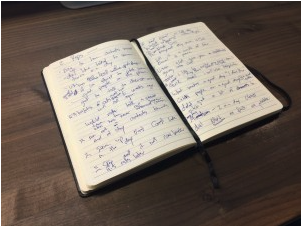
3. Transfer user insights and user quotes to hundred of sticky notes.
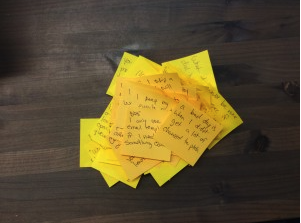
4. Organize the sticky notes using a experience-map technique that creates a visual story to extract pain points, goals and persona information. The experience-map is a way of depicting the user’s path through their task in a way that highlights the order of the actions, and the pain points they experience along the way.

5. Storyboard common workflows and scenarios for the identified user workflows making sure to keep all actions focused on the defined user goals.
6. Design Studio – As a team whiteboard out all possible solutions to solve the users pain points using gathered user data and user personas. This is a quick iterative process to flush out the best possible solution. This process is not meant to be pretty
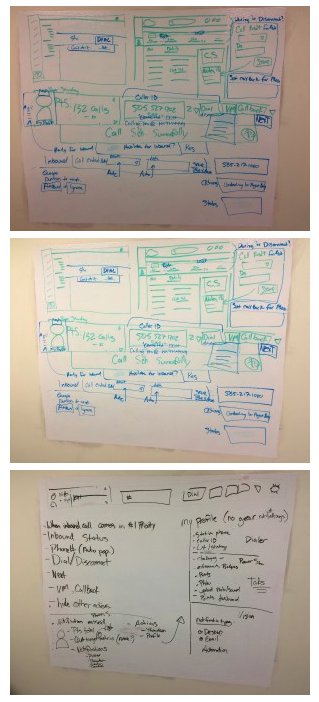
7. Low resolutions wireframes
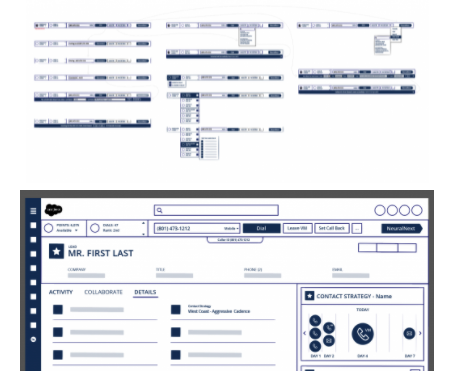
8. High resolution mockups
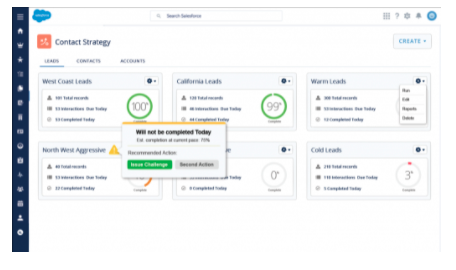
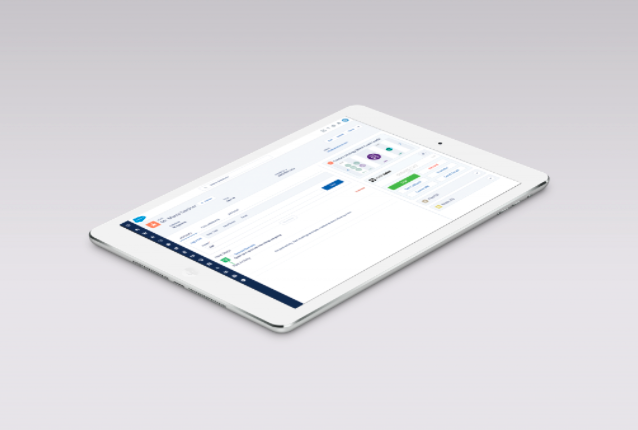
9. Functional prototypes.
Description
InsideSales.com
